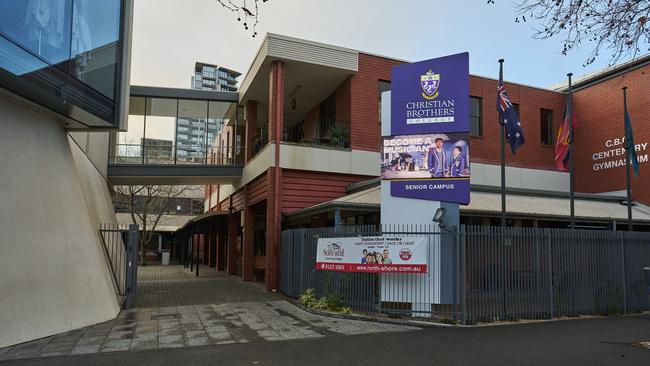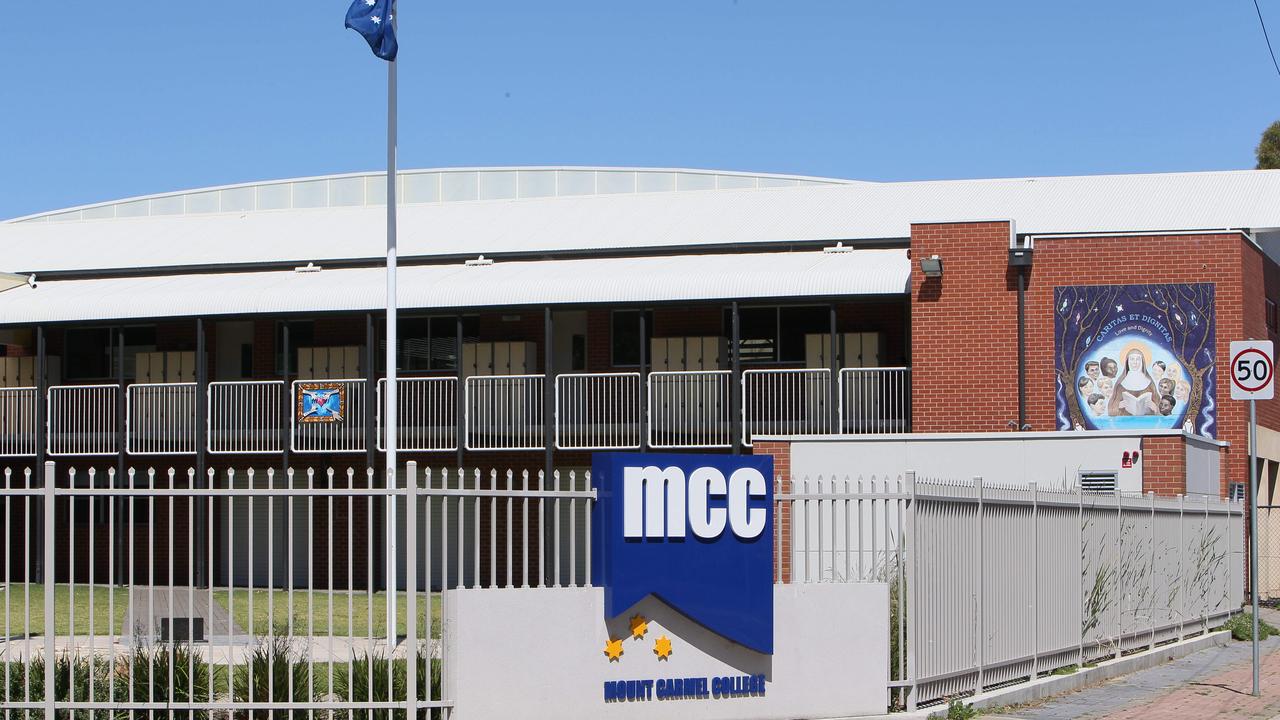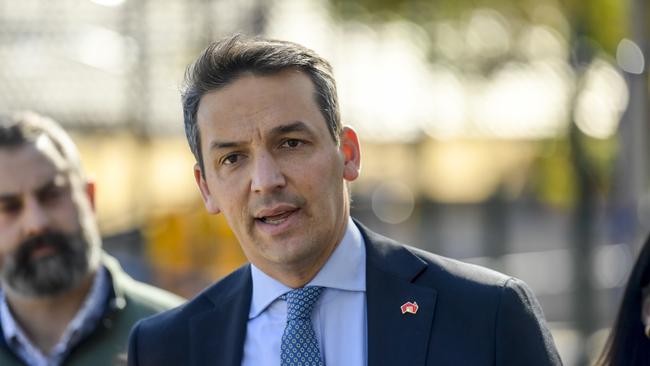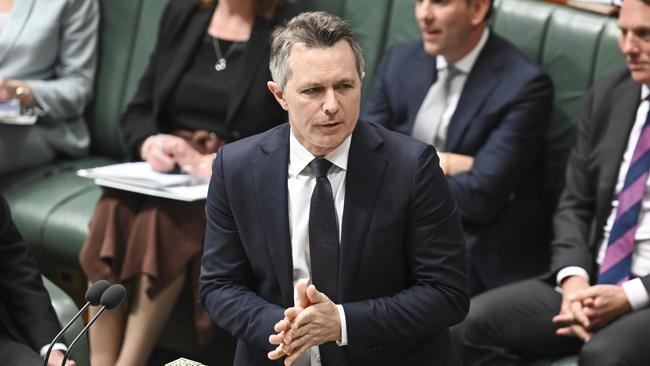Australian Education Union report highlights differences in government funding for SA public and private schools
An elite city college is among almost 100 private schools in South Australia receiving more government funding than comparable public schools.
SA News
Don't miss out on the headlines from SA News. Followed categories will be added to My News.
Almost 100 private schools in South Australia are receiving more government funding than similar public schools, including a top city college, a new report reveals.
The national teachers union has analysed funding for schools around the country and found 94 private schools in SA received more government funding than public schools with similar numbers of students and levels of disadvantage.
The findings, from the Australian Education Union, are based on 2022 data and show the number has almost tripled from 32 schools in 2012.
The largest gap in funding between a comparable private and public school was $2951.
The report also notes that private high schools collect an average $9357 in student fees, on top of taxpayer funds.

All Australian schools are ranked according to an index of disadvantage faced by their students, ranging from around 500 for extremely disadvantaged schools to about 1300 for the most well-off students.
The AEU has compared schools with similar rankings and student numbers, in similar neighbourhoods.
In one example, it compared coeducational high schools with a relatively high index value of between 1050 and 1100.
Among that group Christian Brothers College, in Adelaide’s CBD, received the most government funding – $15,900 per student – in 2022.
In comparison, five similar public high schools in that group received an average of $15,340 – or $560 less per student.
Those figures reflect school income before parent fees are taken into account.
AEU federal president Correna Haythorpe said the report highlighted an “unfair” funding arrangement which “translates into a school resourcing and staffing advantage and has fuelled a private school capital works boom”.
The report also features case studies from around Adelaide, including:
NORTHERN SUBURBS
At public Salisbury East High School more than half of the 1030 students come from the most disadvantaged backgrounds.
At nearby private Tyndale Christian School, a quarter of the 1470 primary and secondary students are in that category.
The public school received $290 less per student in government funding.

WESTERN SUBURBS
The report also compares public Seaton High School, with 975 students, and private Mount Carmel College less than 5km away, with 1030 students in years Reception to 12.
The schools have an almost identical index for disadvantage.
The private school received $1920 more per student from government.
Mount Carmel principal John Konopka said given education is compulsory governments “have a responsibility to fund the education of every young person”.
“Every parent’s taxes, whether they choose a government, Catholic or independent school, contribute to the overall cost of every child’s education,” he said.
Mr Konopka said the school could not use government funding for building works, which were paid for through school fees.

SA Education Minister Blair Boyer said the report highlighted the “inequity in funding for schools” which had existed “for too long”.
“That’s why I have been standing with my state and territory colleagues for months, advocating for further public school funding from the commonwealth,” he said.

The federal government funds 20 per cent of the minimum amount required by each school to meet the needs of all students, known as the Schooling Resource Standard.
The state government funds 75 per cent and says the commonwealth should cover the five per cent shortfall, which is equal to about $190m annually for SA public schools.
Federal Education Minister Jason Clare has offered to lift the commonwealth’s share to 22.5 per cent, leaving a 2.5 per cent gap.
Mr Boyer has said it is “not unreasonable” to ask the commonwealth to fund the full five per cent.
More Coverage
Originally published as Australian Education Union report highlights differences in government funding for SA public and private schools






